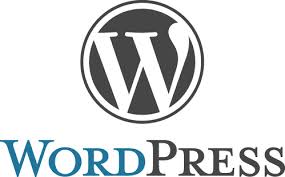Common Elements of WordPress CMS Web Designing

Free Professional Templates
May 16, 2017
HTML 5 And Short Codes
May 16, 2017WordPress is a highly versatile site building platform. Although it is basically known as a blog web platform, it can also be used to create and run a non-blog oriented website as well. The site and the program are equipped with innumerable useful tools and features that allow users to customize their websites in various small and large ways. In fact, its large range of customization tools has led many webmasters and experts to label it as the best site building tool in the world right now.
The administrative area of WordPress has turned it into a CMS or a Content Management System. In the admin area one can find a WYSIWYG editor, much like what can be seen in the Microsoft Word. With the help of this editor, anyone can add and/or edit content themselves simply through the web browser, without any knowledge of HTML codes. There is of course a code view as well for the more advanced users which allow them to edit HTML codes in a post, article or page. However, this feature is not required for creating standard content.
Installing the WordPress is a fairly easy process provided that you have appropriate web hosting that should be capable of running MySQL databases and should support PHP programming language. After you have got the program installed, there are a number of things that you need to update, one of which is the Permalink structure. Generally in a blog, the posts are set with date-based permalinks. However, changing this format allows you to create more custom URLs.
A good way to begin with the content pages is to commence with a single static page and make it the home page. This can be easily done from the WordPress admin area. Next, you can set in the individual page templates. By using Page Template option along with some additional PHP files, it is possible to indicate separate templates that are to be applied for the individual pages. Developing a home.php file allows the site’s pre-defined front page to use another page template than what is present on the rest of this site. You can customize the home page depending on your preferences relating to header, footer and sidebar.
Although while creating Pages you can get a Page Template option at your service, there are no such things when it comes to creating Posts. For this, you need to do some PHP scripting. This will allow you to specify the posts present in the different categories to make use of the specific page templates. If you are looking to develop multiple dynamic sidebars meant for your WordPress widgets, you need to edit the functions.php code that helped you to add widgets to your WordPress theme and customize it for supporting multiple sidebars. You can then follow this up with the seamless integration of WordPress posts and pages. This can be done by plugins such as Deactivate Visual Editor and Exec-PHP – both of them can help you to add PHP codes to your posts and pages from the WordPress admin area.


